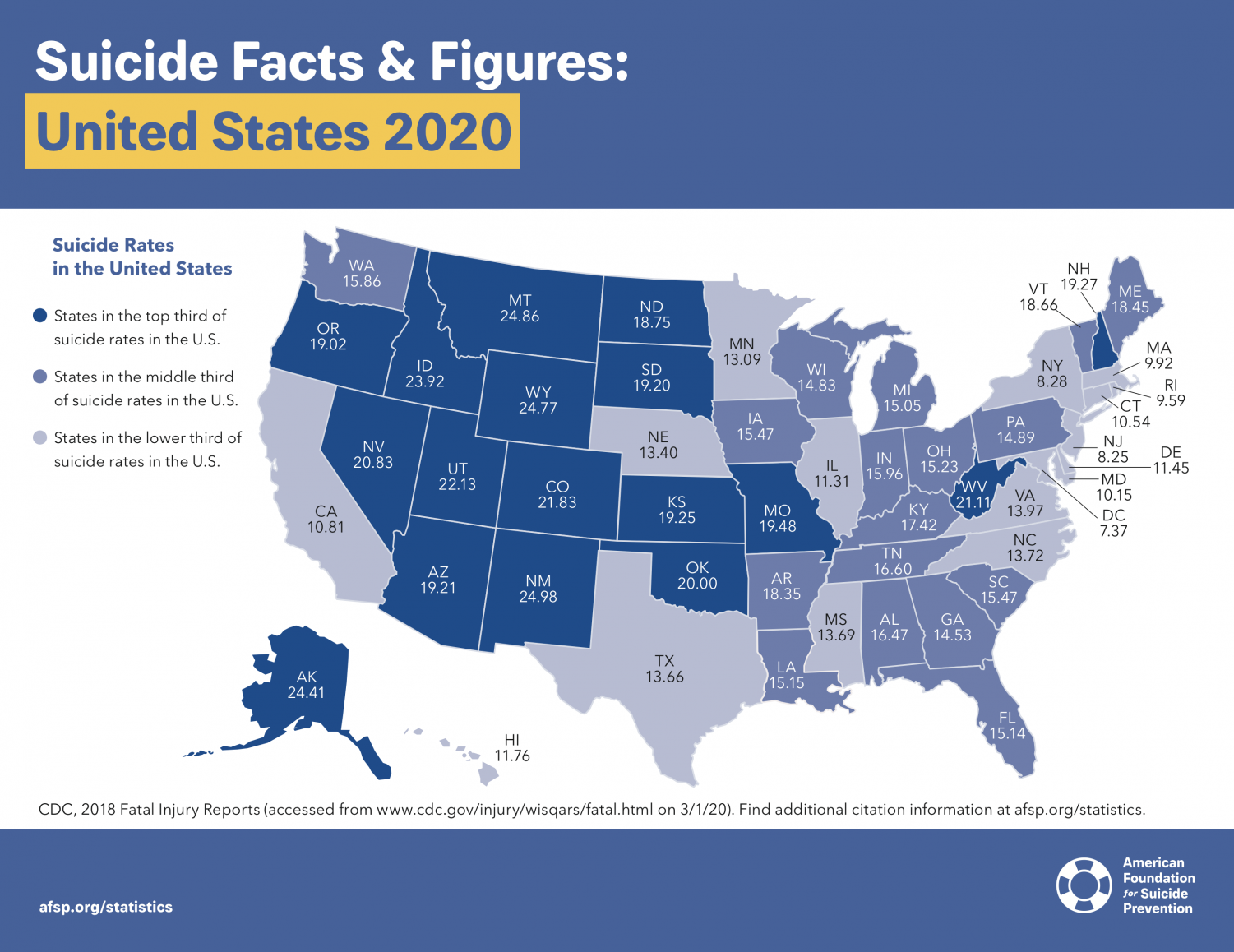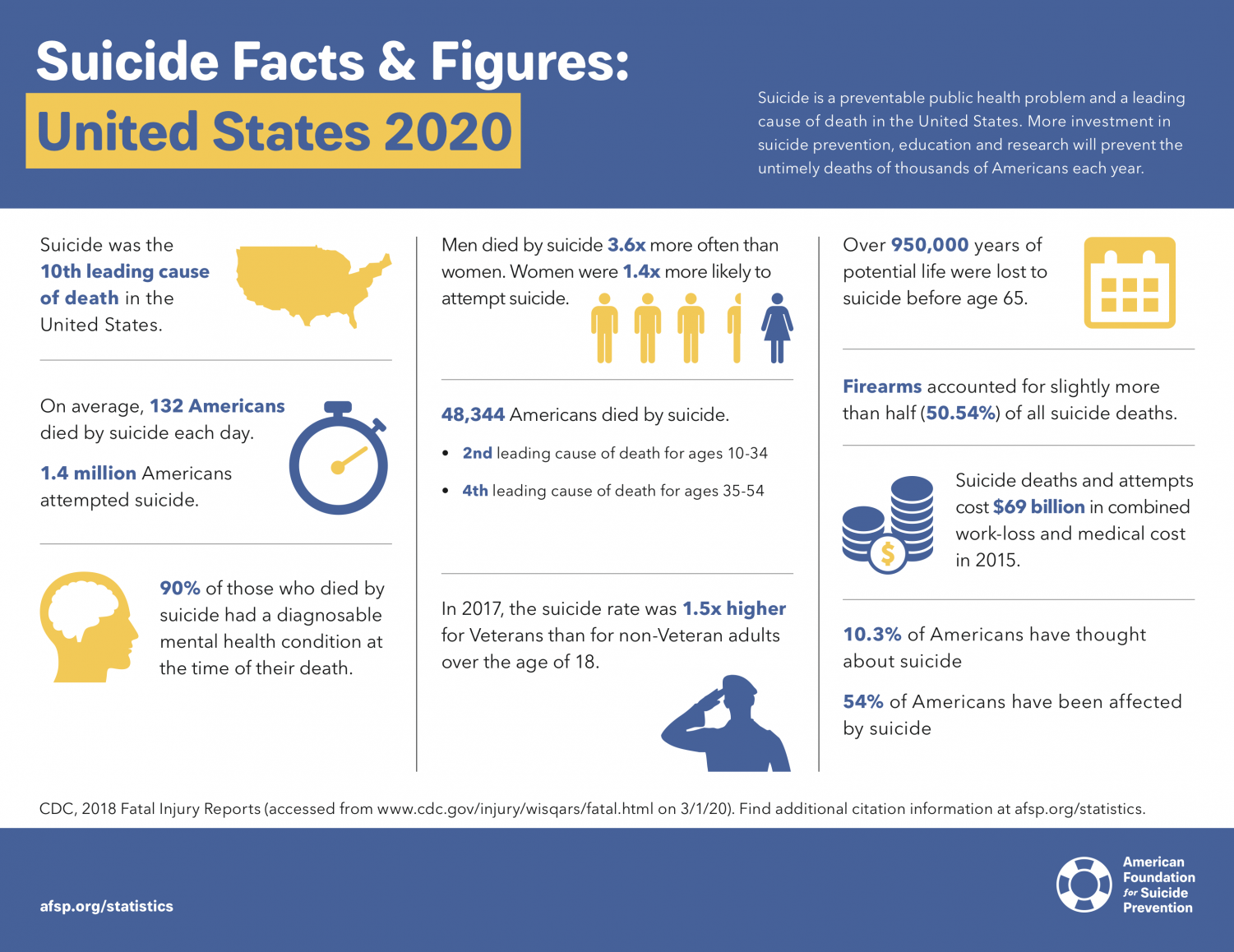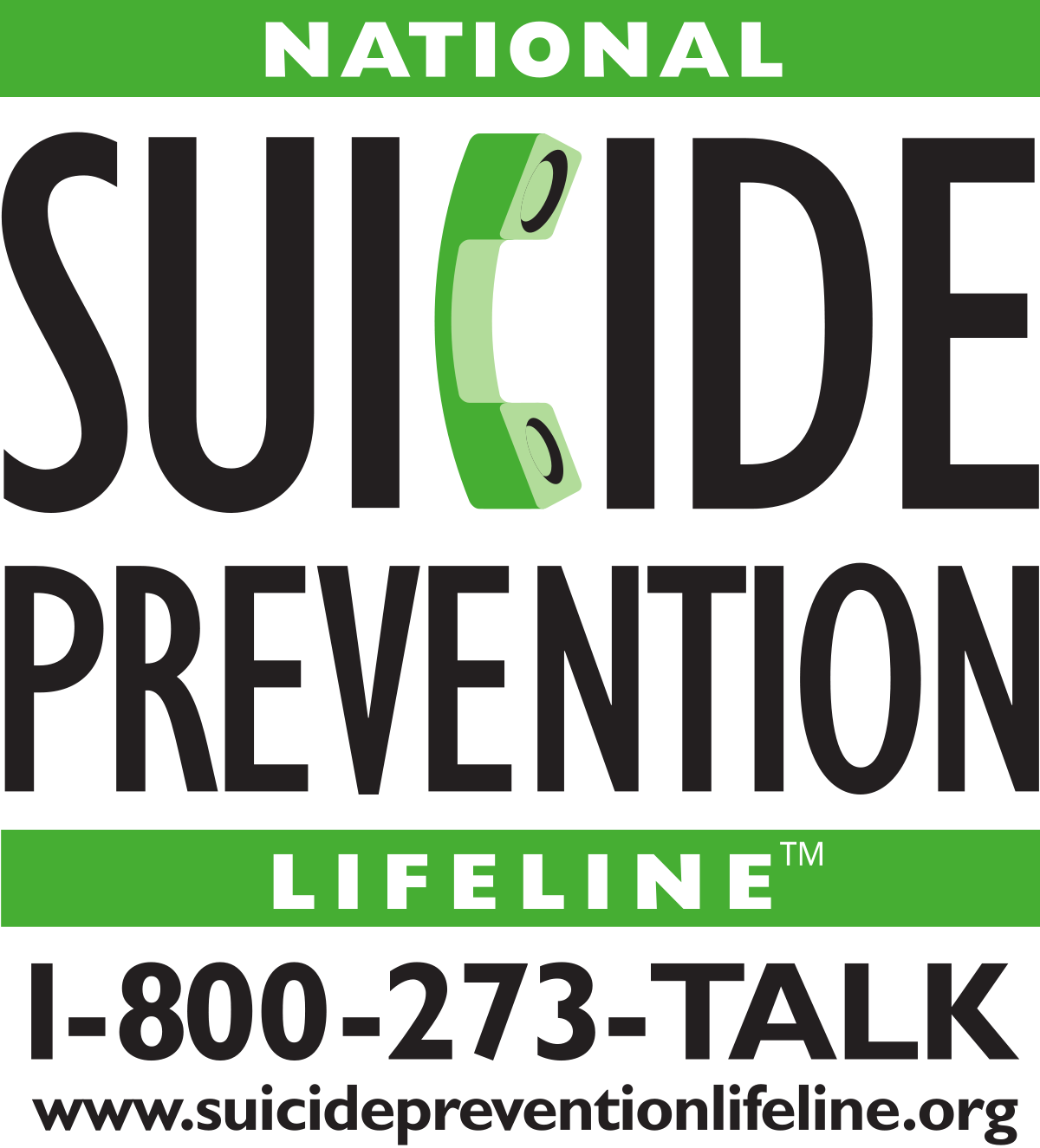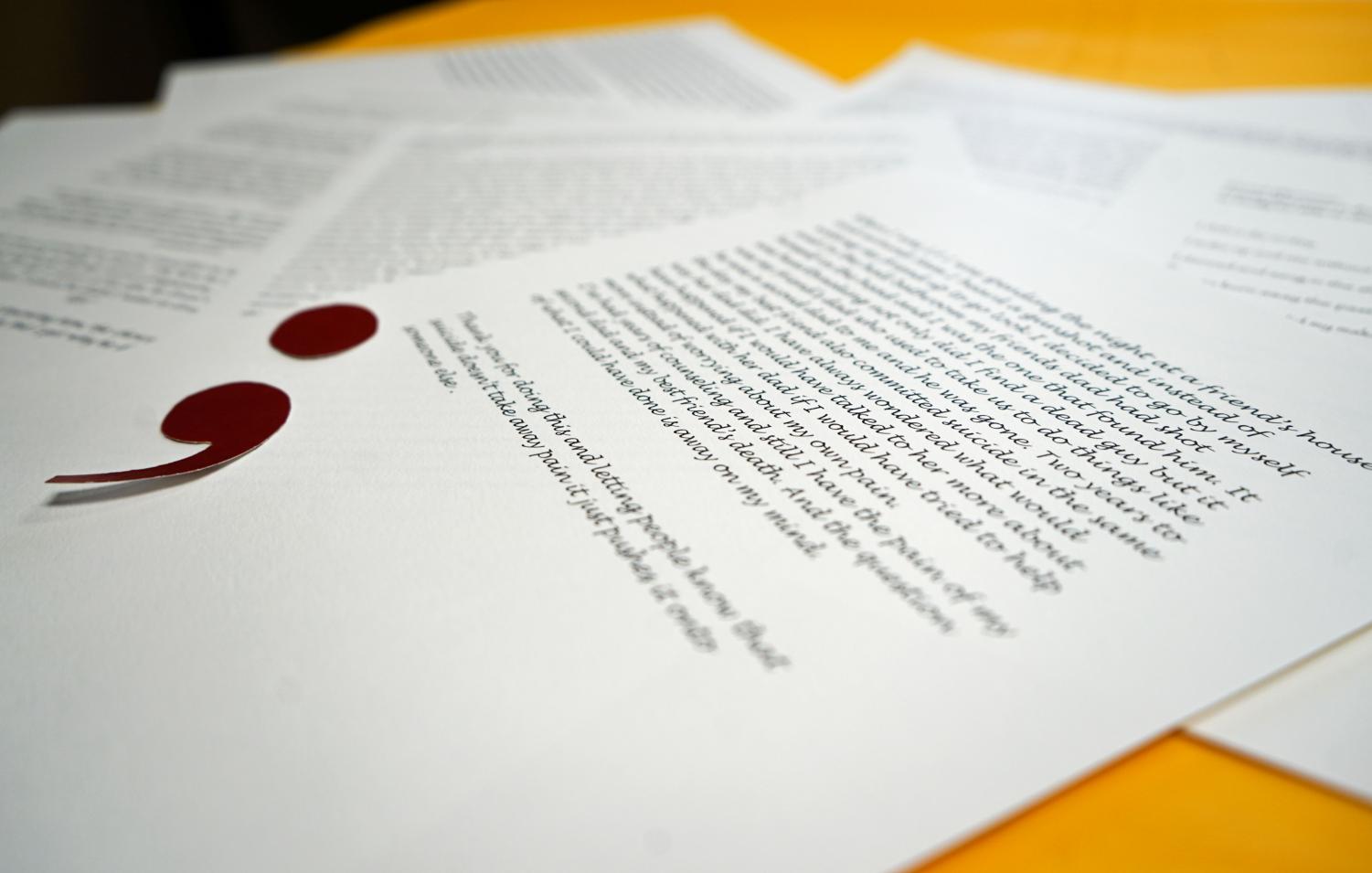Share Your Stories Exhibition: Shining a light on the realities of suicide
September 16, 2020
The counseling center is bringing the voices of students directly to their peers in their annual Suicide Awareness Month event by hosting the first Share Your Stories Exhibition Thursday, Sept. 17 10:30 a.m. to 12:30 p.m. at the Clark Student Center atrium.
“Every year we do suicide awareness month, and every year we try to include elements that we feel are necessary in order to educate our student population about what to be mindful of for themselves and for others to push that narrative in different ways,” Zachary Zoet, licensed counseling professional intern in the counseling center, said.
This year the narrative will be pushed through an exhibition displaying the anonymous letters of MSU students, explaining how their lives have been impacted by suicide. The hope, according to Zoet, is to spark communication in the college setting that is not specific to one’s major or field.
“This year, though, we’re again trying to iterate on [creating dialouge] so we’re doing this exhibition. This isn’t ground that we’ve necessarily covered before, with allowing people’s actual experiences with this theme that’s so pervasive in our culture… [and] actually allowing people’s scenarios to push the dialogue. So I think it’s very in step with what we’re trying to do as a public liberal arts university in terms of learning across the curriculum, becoming familiar with aspects of growth that aren’t major-specific,” Zoet said.

This exhibition upholds a longstanding tradition of the counseling center of attempting to bring attention to suicide during Suicide Awareness Month. They have employed motivational speakers and presentations in the past, including Semicolon Day, where the center handed out pins to spark a conversation among other students who see them. Since the tradition is annual, many of the students who are reached will see the event multiple times during their time at MSU, so the counseling center changes the specifics of their event’s theme each year.
“We try not to repeat certain topics [or] themes. Because obviously our students are staying here for a couple of years, so each time that we do this we feel it’s important to include a new element or aspect of our growth as a community that we haven’t necessarily done before. That will present in things like us having a motivational speaker, us doing a presentation [and] us raising awareness [nonverbally] like we did Semicolon Day, where we handed out pins so that we could start a dialogue within the community as people were observing others wearing pins as a conversation starter,” Zoet said.
According to Zoet, planning for their Suicide Awareness Month event is a year-round process that begins as soon as the prior year’s event ends.
“Well, this sounds like a fake pageant answer, but we start iterating and planning October 1st. After this September, we’re going to start thinking about what we want to do differently [and] what we want to do next year, so it’s been a long time in the making. As far as the actual moving it into reality in terms of assembling pieces, getting submissions [and] things like that. We’ve started upping the intensity on realizing it within the last two and a half months, but we start iterating and planning about the year throughout,” Zoet said.
Zoet and the counseling center sent out a Postmaster Friday, Sept. 11 asking for submissions of stories to christina.gragg@msutexas.edu. While submissions are still being accepted, Zoet said they are happy with the over a dozen stories they’ve received.

“As of this question, I think we’re sitting in the mid-teens. That’s about where we’d like to be. I think that as the number of submissions goes up, the amount to be mindful of goes up, and so I think it’s a good amount. Obviously we’d take more, [and] we’d be fine with less. It’s not necessarily the volume of submissions that we get; it’s the depth and gravity of the submissions that matters the most to us,” Zoet said.
The submissions they’ve received have been written with varying degrees of intensity, graphicness and raw energy. This allows for the stories to reach a variety of people in different stages of coping with their suicide experience.
“The thing about it is that it’s intended to be a way of people to organize and express their own feelings or moments through this in whatever way they’re at presently. So, even if it’s raw, gritty or perhaps not realized, that’s still helpful to people, because they might not be at the place where they can put a bow on it, and it looks ugly. Seeing an ugly submission that’s not eloquent or put together might be the thing that that person most needs to see. So, I think there are varying levels of intensity and the length or how it’s being presented is perfectly fine because we need all types of representation of the process of moving through being touched by this. So, I’m happy with how they look,” Zoet said.
Zoet said the counseling center has no plans to edit or censor the writings unless they are “inflammatory for inflammatory sake.”
“We haven’t necessarily gone through them tooth and comb just yet, but our intent is not really to filter or otherwise edit people. That’s still a conversation we need to revisit…but as of right now our intent is not really to edit unless it’s something that’s inflammatory for inflammatory’s sake that doesn’t demonstrate like one of the natural reactions like anger,” Zoet said.
The event is meant for people who have a close relationship with suicide as well as students whose connections are weaker or nonexistent.
“For the people that are submitting an experience, I would like for them to have gotten some time to sit with and move through and organize their feelings, and perhaps, have themselves lifted up in a way by their campus community. For the people attending, well, I suppose it depends on their relationship with what we’re talking about. If it’s close to them, I’d like them to feel like they’re not alone or isolated in their complicated reactions to this. If it’s not something they’re close to personally, it’s something that I would like for them to realize their peers, coworkers, friends or even loved ones are moving through something to be mindful of,” Zoet said.
Jake Carter, kinesiology sophomore, was enthusiastic in support of the event, feeling it will help those having suicidal thoughts.

“I think that it’s great. People need to know that they aren’t alone and that there’s always a way out that isn’t negative,” Carter said.
Payden Kell, EC-6 education junior, believes an event of this nature could erase some of the stigma associated with talking about suicide.
“I think it’s amazing. Often times, when someone is struggling they can feel alone. By sharing these stories and experiences, they are letting students who might struggle with suicide or have experienced it in some form, know they are not alone,” Kell said. “By talking about suicide, they are also breaking the negative stigma that suicide shouldn’t be talked about, which I think is great.”
Cailee Studdard, early childhood education sophomore, agreed that it’s important for those who’ve been touched by suicide to share their experiences, but expressed concerns that certain people in today’s culture could be a cause of concern.
“[The exhibition] could be good, and it could be bad. People these days get triggered easily, so that could cause some concern, but at the same time, I am a big supporter of getting your story out there. I believe everyone’s voice should be heard,” Studdard said.
According to statistics found at the American Foundation for Suicide Prevention website, 48,344 Americans died of suicide out of 1.4 million suicide attempts. Suicide is also the second leading cause of death to young people aged 15 to 24. As a result, many people on campus have either made an attempt themselves or know someone who has; this includes Zoet.
“[Suicide has impacted me] in several different ways. I’ll answer in one. I had a friend who took her own life, and the way that it has impacted me is in my work, my reactions to things involving suicide and also how I cultivate meaning within my own life,” Zoet said.
Zoet offered a few words of encouragement to students suffering from suicidal thoughts.
“I would just encourage them to reflect on those real experiences with people caring and wanting you here, and then using that as kind of a lifeline or motivation to get into the counseling center or get into the therapist’s office, or if maybe you’re not ready for that, get into the ‘Zoom call arms’ or phones of a trusted friend,” Zoet said.
Symia Shelton, an education freshman, voiced her support for the event but also thought there were more ways MSU could utilize students to help their peers through mental illness and the effects of suicide.
“You know how they have peer educators, I think we should have other peer educators that are educated with suicide, especially those that have been through it. We get it, like, adults have been through it, but if we see that other students have been through it, it kind of gets on another level,” Shelton said.
Studdard said that there’s a greater need for events like Share Your Stories Exhibition and other resources due to the amount of self-quarantine happening amongst students.
“In today’s time, it is important for there to be as many resources as possible, especially with all the quarantining going on. People are scared and stressed; they need places that can educate them on what they are feeling and how to deal with it in a healthy way,” Studdard said.

Head to the CSC atrium today, Sept. 17 to visit the first Share Your Stories exhibition, hosted by the counseling center from 10:30 a.m. to 12:30 p.m.

